Thank you for purchasing this Gun Digest eBook.
Sign up for our newsletter and receive special offers, access to free content, and information on the latest new releases and must-have firearms resources! Plus, receive a coupon code to use on your first purchase from GunDigestStore.com for signing up.
or visit us online to sign up at
http://gundigest.com/ebook-promo
Dedication
For my wife Madeleine, my mother Antoinette, and my dog Hunter Stockton: constant reminders of what is worth protecting; and for my father, David Maccar, who taught me to hunt and shoot, and how to be a good man.
Table of Contents

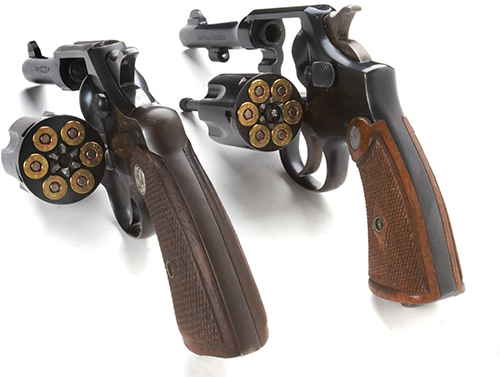
Introduction
A A pistol. It conjures up specific emotions in different individuals. To some its the tool of the farm and ranch, a simple, unadorned revolver used to take care of dangers and nuisances and as protection while alone in the field.
To others, handguns are the iconic sidearms of the Old West--big single-action Colts and Remingtons swinging in sagging leather holsters worn by rough men in rough country. What would the image of the American cowboy be without his trusty six-shooter on his hip?
Still, to others, they represent law enforcement--from the sturdy, blued Smith & Wessons from bygone decades to todays high-capacity pistols like the Glock 17 and the SIG 226 that ride on LEOs hips and under jackets in shoulder holsters today.
Pistols have long been status symbols for military officers, and were highly sought-after arms in times when they were the only repeaters on battlefields full of single-shot muzzleloading muskets. Later, pistols like the ever reliable Luger and Colt 1911 were perfectly suited for the dark, treacherous hell of the trenches in WWI, and later served as reliable backup weapons for many a soldier in WWII, and in every war since.
They are the tools of home and personal defense for the average citizen--the great equalizer resting at the ready on the nightstand or secured in a holster inside a purse or briefcase.
At various times, handguns have been a lightning rod for the gun control debate and the scapegoat of gun violence in America. But the fact remains, six centuries after the idea for a hand-sized gun was conceived, it remains the go-to choice for self-defense for thousands of people who carry a weapon every day.
Today, handguns are just as storied and multi-faceted as their history. One can find anything on the pistol landscape, depending on application. There are myriad big bore semi-autos topped with red dots or magnifiers, compensators affixed to the muzzle, perfect for hog hunting. On the other end of the spectrum, pocket pistols, like the S&W M&P Bodyguard chambered in .380 ACP, are becoming very popular as everyday carry weapons for people of all sizes.
When all is said and done, Americans have an odd but blood-deep relationship with the handgun that has been and will continue to be explored by an Internet full of people at keyboards and in front of cameras. While it has been vilified and scorned as the tool of criminals and the taker of innocent lives, it is as much the tool of the righteous and defenders of freedom.
When I was a kid, I guess about six years old, my father got me the first great gift of my life. I was too young for a .22, but not too young for the orange and black plastic knock-off Beretta 92 that paralyzed me with desire in the aisle of a KB Toys back in 1980-something. It had everything. The slide really worked, the magazine came out and you could slap it back it, there was even an orange plastic tube that screwed onto the barrel and was good enough of a suppressor for me at the time. More than that, it was a heros gun. Even at that age, I was an action movie junkie, and I knew it immediately as the gun of Martin Riggs and John McClane. It was the gun Army guys and police carried. It was a 9mm.
I played with it until the springs that worked the slide broke, and were replaced a few times. I took it completely apart and spray painted the orange parts silver (my dad made me leave the tip orange) and made a McClane-like shoulder holster for it out of a hip holster from an old cowboy set.
It wasnt about having power or wanting to hurt people with a weapon. I would have been way too embarrassed to show any of my friends the holster Id rigged up, and Id never let them play with my favorite toy gun, because they just wouldnt play with it right. So it wasnt about showing off. Even at that age, though I could never have articulated it at the time, it was about having the ability to do something when evil people tried to impose their will on the innocent. It was about being John McClane.
That same feeling from all those years ago never went away. When I was a child, it was all imagination, but having a handgun became much more than that. It became a sense of security, safety, knowing that if things went truly south, I would have the ability to do something other than cower or run and hide.
And now it means even more. Its that look in a friends eyes the first time they squeeze off a magazine at the range. Its adding something to a project gun and having it work and look just right. Its marveling at a design John Moses Browning created over a hundred years ago, newly made, the latest of millions, and sitting on my gun mat.
This collection of articles from the Gun Digest Annuals, spanning from the mid 1980s to the present, is an attempt to capture the depth and breadth of the handgun world and the experiences and relationships that have followed them through the past years. It also serves as a collection of milestones that show just how far pistol design and manufacturing techniques have come in a mere three decades of engineering and innovation.
David Maccar
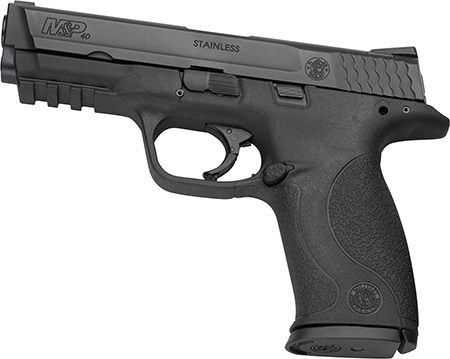
The Good Old Days: 60 Years Of Six Guns
 John Taffin
John Taffin

Oh, for the good old days! Just about everyone, especially those on the sunset side of life, has spent time longing for the good old days. As a writer, I have often talked about the good old days and the great old six-guns of yesteryear. However, if the truth be told, when it comes to medicine, transportation, communicationand especially firearmsthese are the good old days!
Consider this. When the first edition of Gun Digest appeared in 1944, there were only two revolver manufacturers: Colt and Smith & Wesson. The Gun Digest catalog section required only a couple pages to cover their offeringsand occupied that space only by using large pictures. The successful conclusion of World War II was very current history and these two manufacturers were making the switch from wartime to peacetime production. The transition would not be immediate. Colt had moved their machinery for producing big-bore Single Actions and New Services to the parking lot in 1941. It does not take much imagination to realize what Connecticut weather did to the precision machinery during the war years.

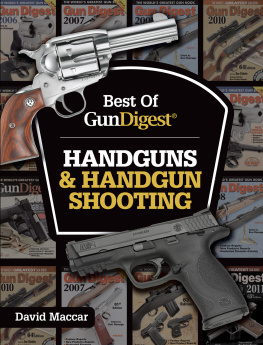
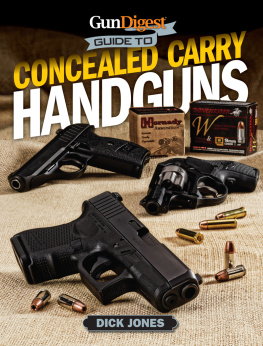

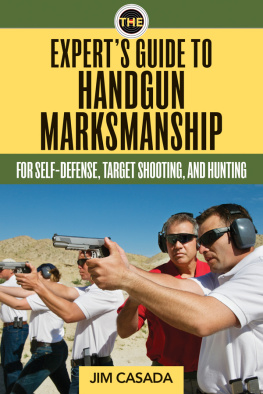
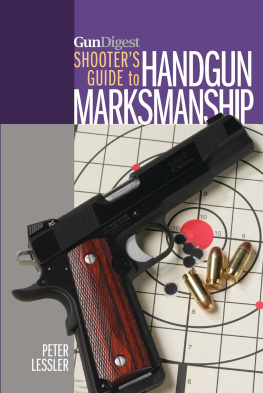
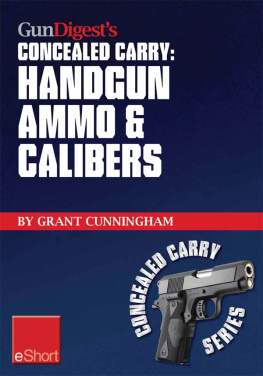
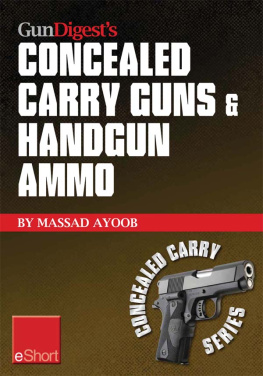
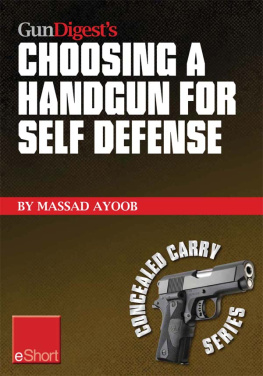

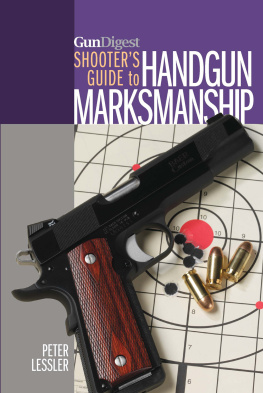
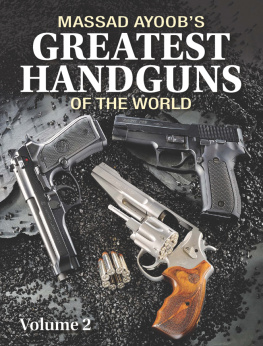

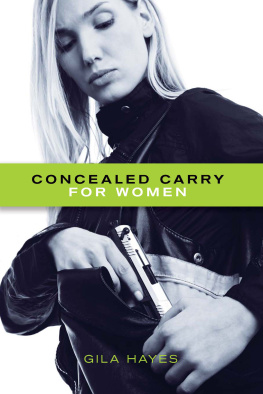





 John Taffin
John Taffin